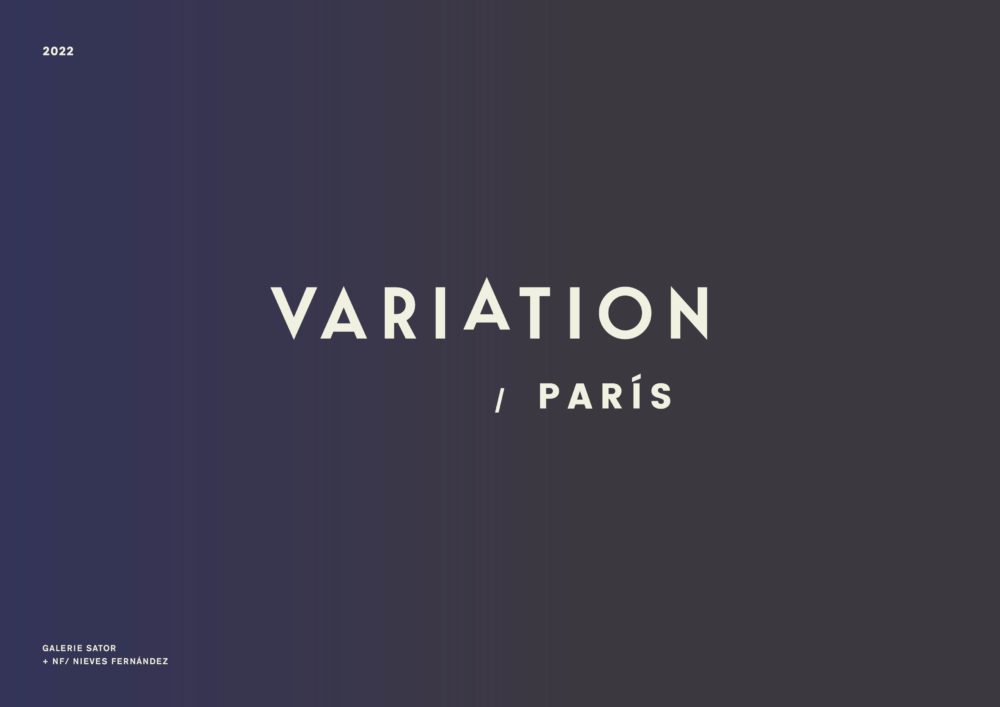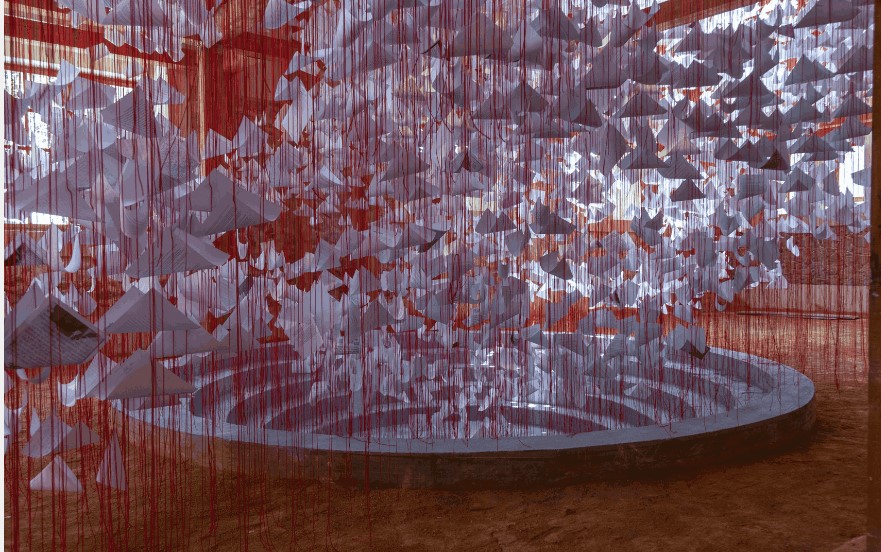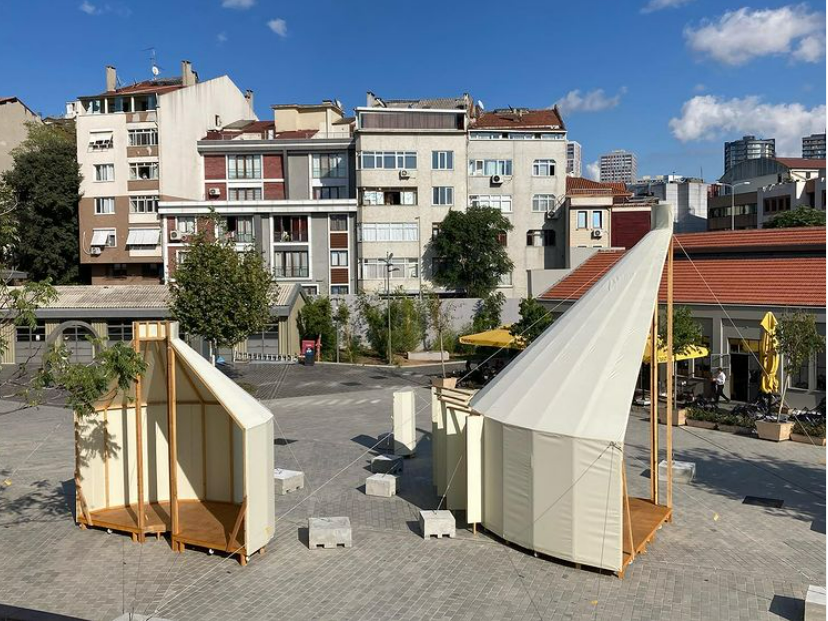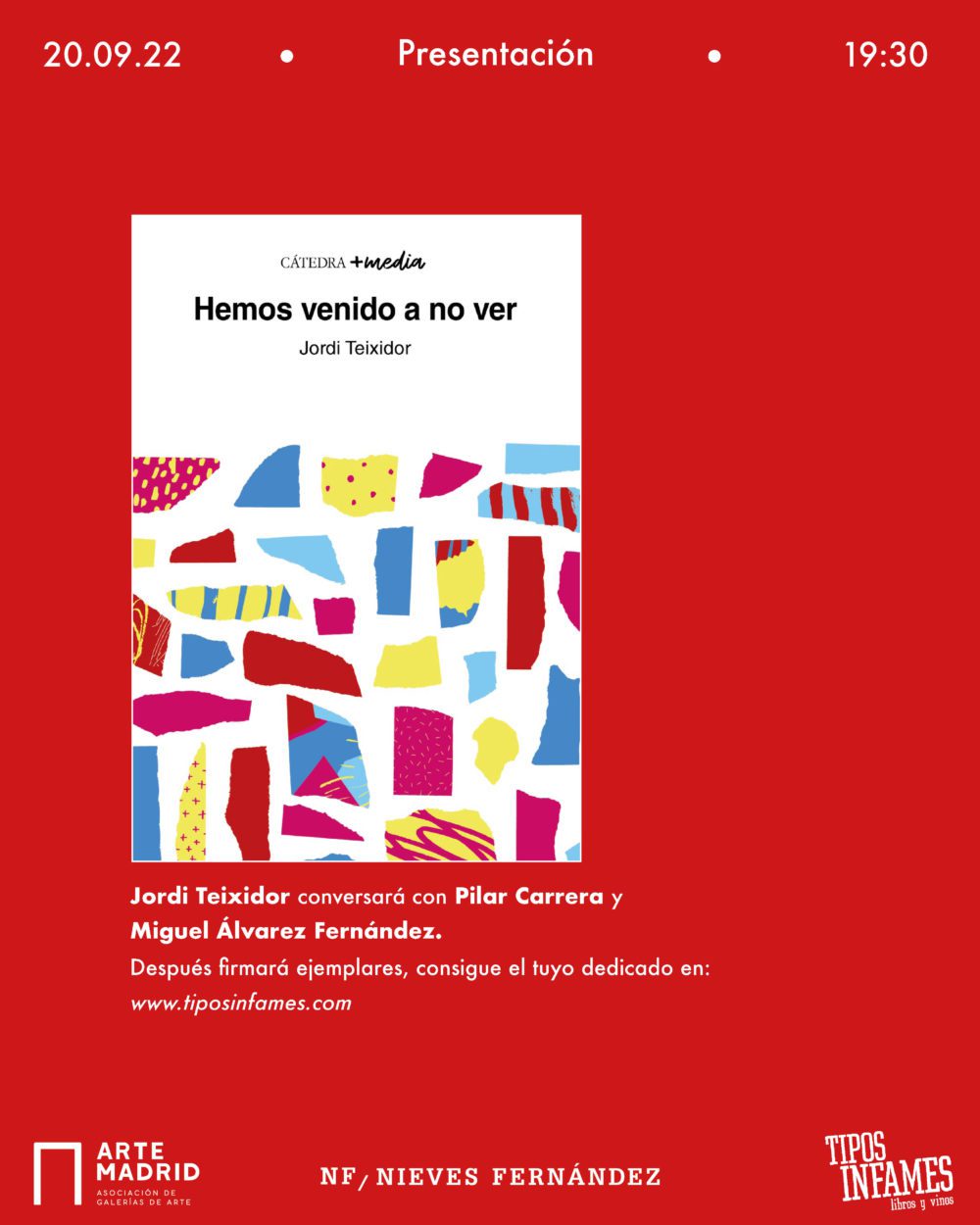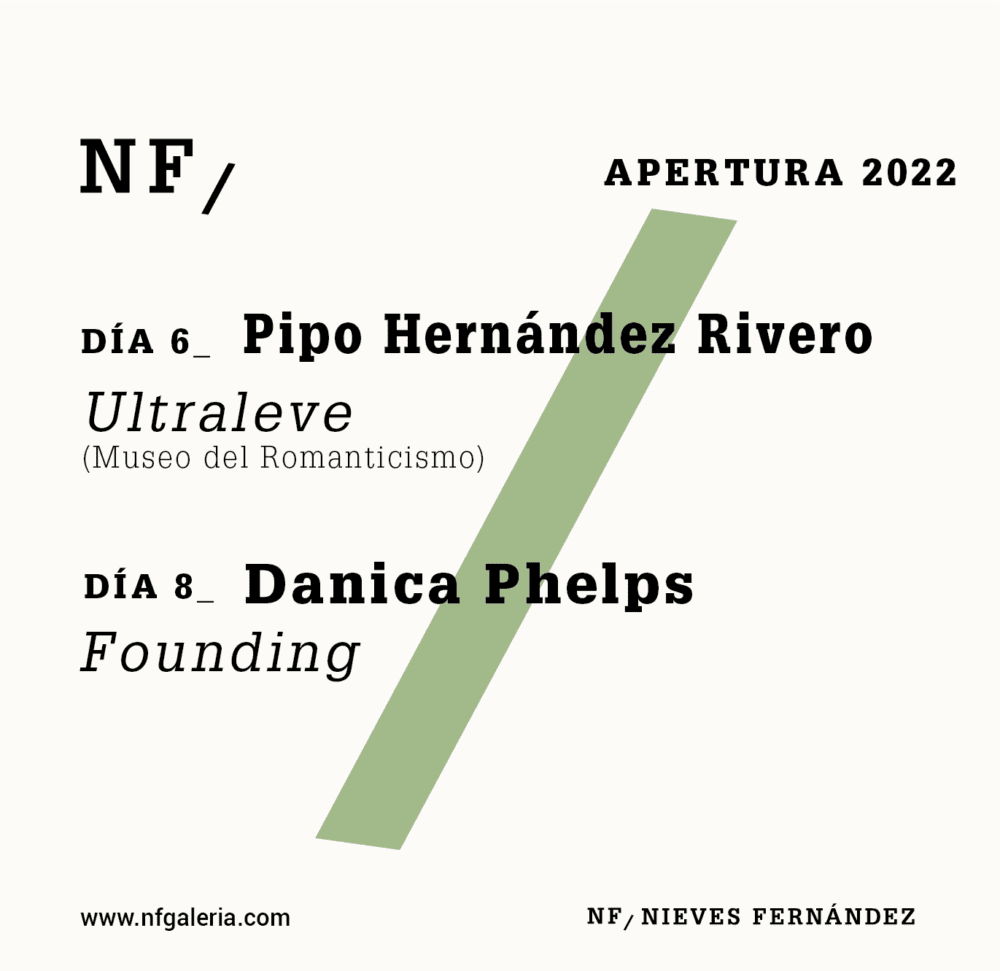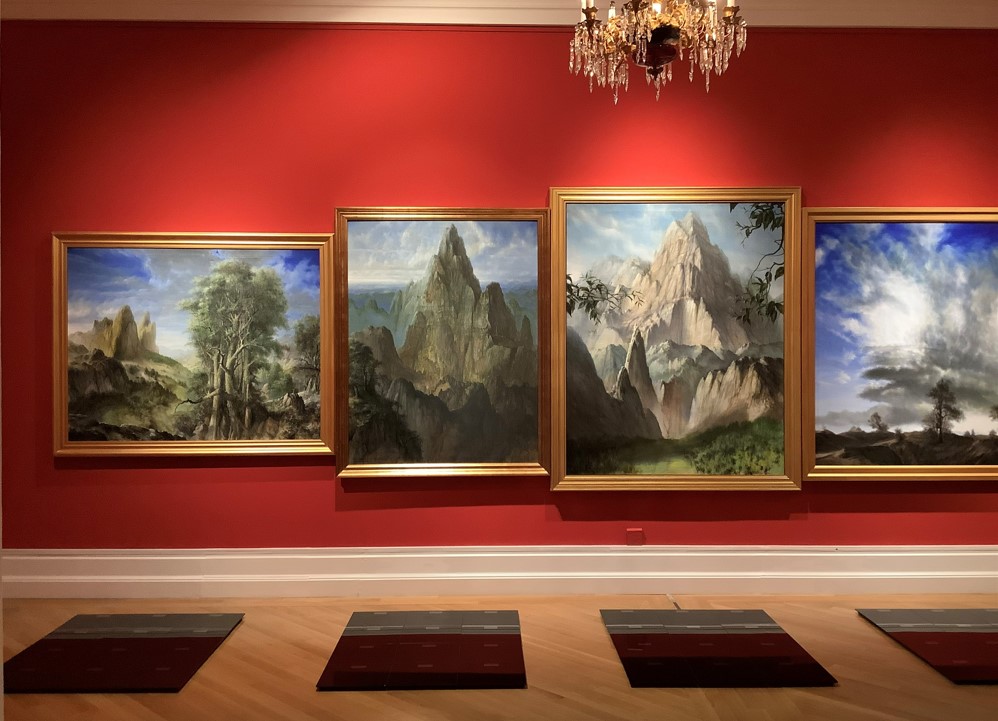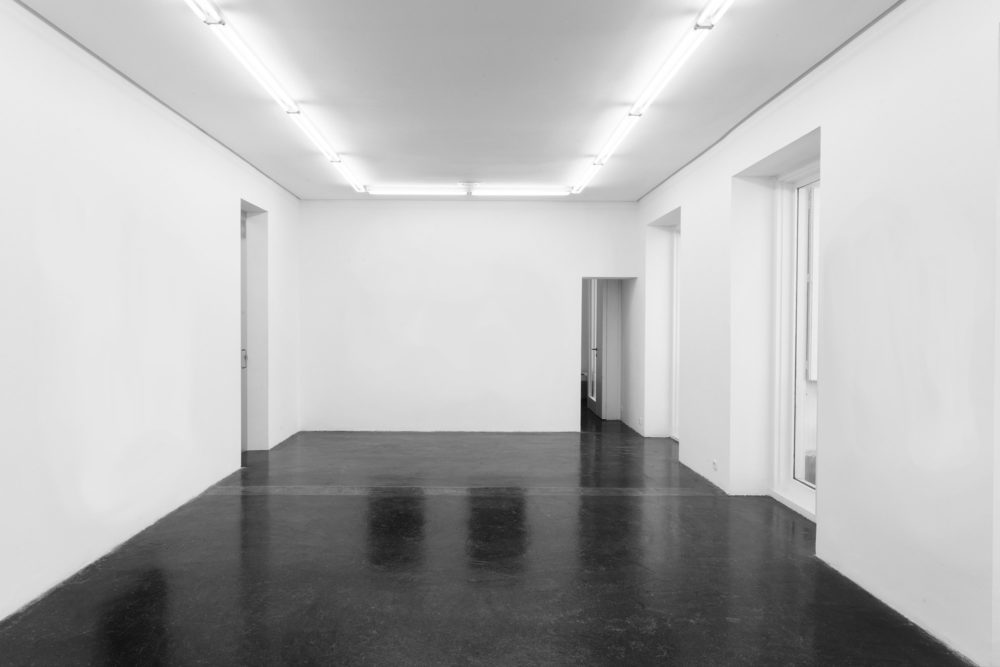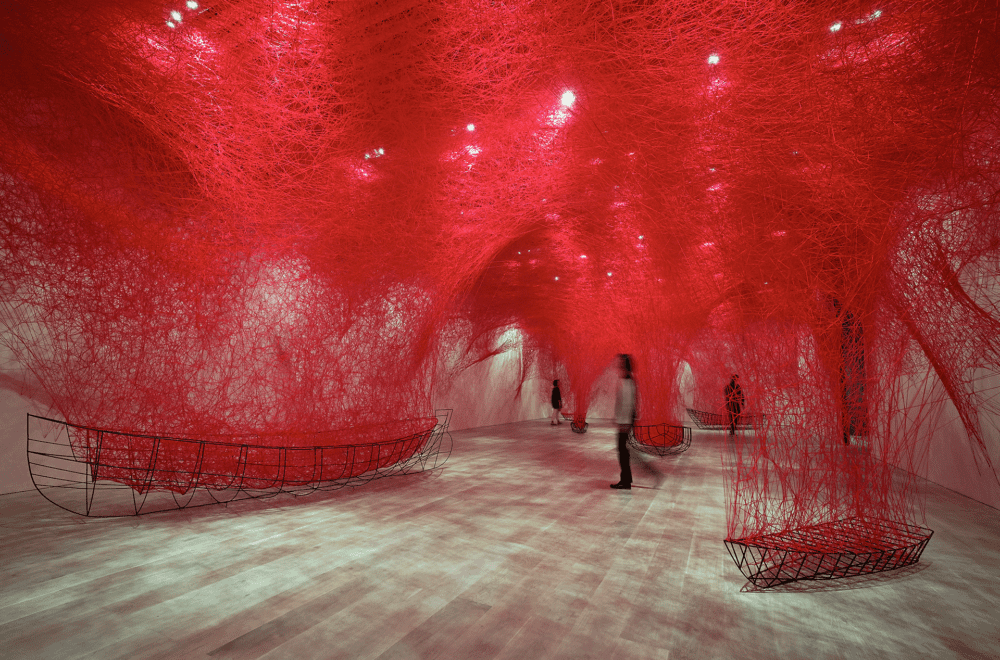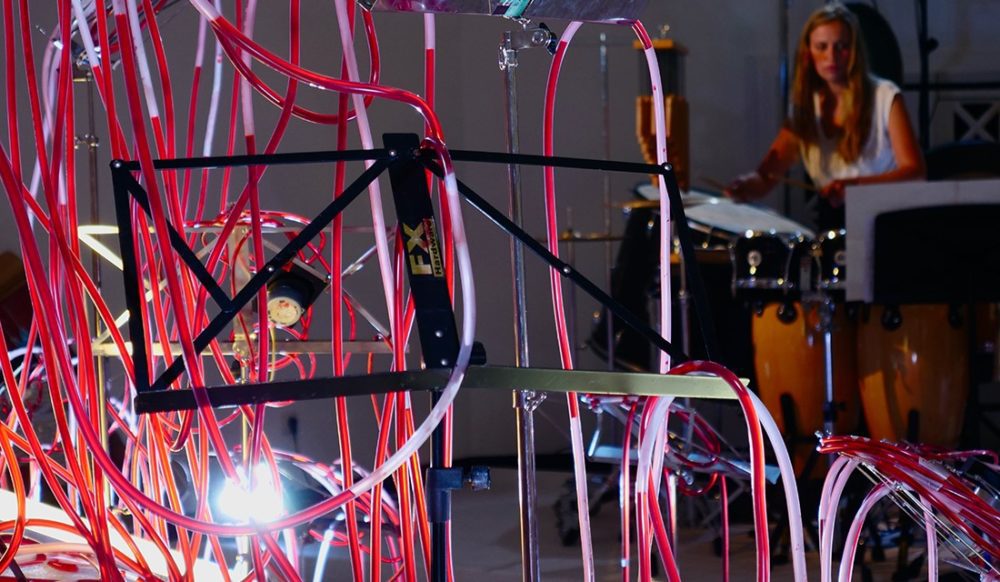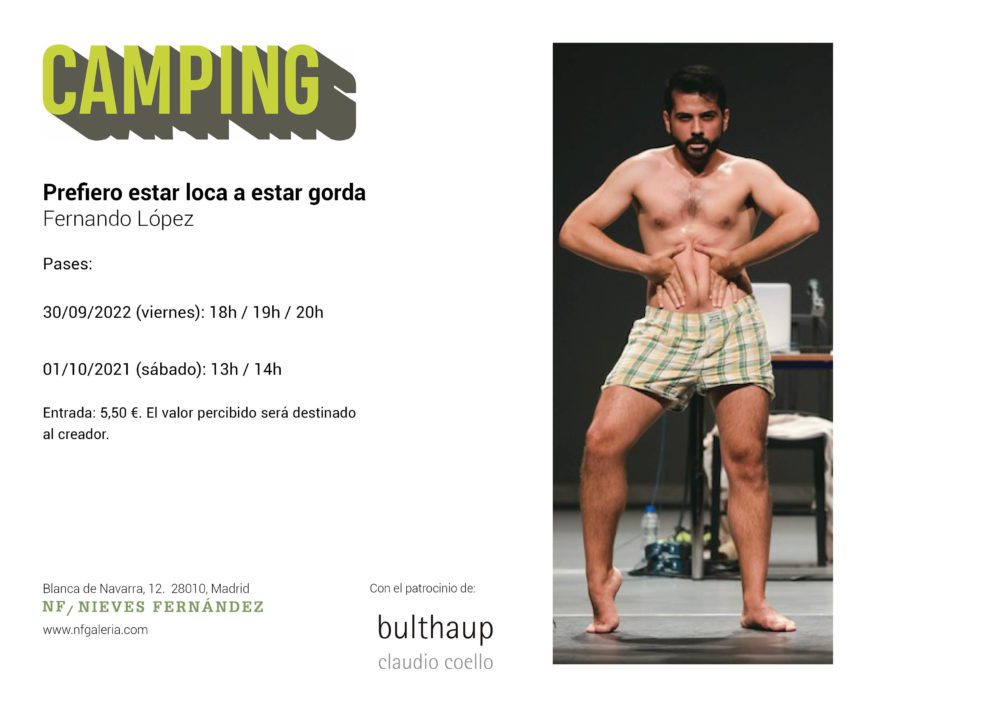
CAMPING presenta ‘PREFIERO ESTAR LOCA A ESTAR GORDA’, de Fernando López
PARA COMPRAR LA ENTRADA, PINCHA AQUÍ.
‘Del mismo modo que la artista Anna Halprin decidió “bailar su cáncer” en 1975, yo deseo bailar aquí mi Trastorno de la Conducta Alimentaria. Deseo proponer un espacio de encuentro entre lo biográfico y lo político para denunciar la normalización de estándares corporales enfermizos, tanto en nuestra sociedad en general, como particularmente en el ámbito de la danza profesional: la restricción alimentaria, la compensación a través del sobre-esfuerzo y el ejercicio físico, la hipervigilancia corporal y la estilización de la extrema delgadez siguen formando parte de la imagen asociada al cuerpo deseable de un bailarín profesional, transmitido tanto en el escenario como en las escuelas.’ Fernando López.
‘Prefiero estar loca a estar gorda’ es la octava acción de CAMPING, una iniciativa que abre el espacio de la galería NF/ NIEVES FERNANDEZ a diversos actores culturales, con el fin de que puedan desarrollar y exhibir sus proyectos y creaciones libremente. Tomando como soporte de sus acciones el espacio expositivo, los diversos actores desplegarán sus proyectos temporales interactuando con la exposición instalada en ese momento en la galería.
Fernando López (Madrid, 1990) es artista coreográfico, bailaor de flamenco y Doctor en Estética, Ciencias y Tecnologías de las Artes, de especialidad Danza y Artes del Gesto por la Universidad París VIII (Francia). Es miembro del Internacional Dance Council de la UNESCO desde 2013 y I Premio de Investigación en Danza de la Academia de Artes Escénicas de España, ha recibido diversos reconocimientos como el Premio al Mejor Bailarín de la XIX Muestra de danza El Álamo, la beca DanceWeb del Festival Internacional de Danza Contemporánea de Viena “ImpulsTanz”, el I Premio de Guion Teatral sobre la enfermedad del Alzheimer. Desde 2009 dirige su propio proyecto coreográfico en el ámbito del flamenco contemporáneo, con el cual ha actuado en lugares como el Judson Memorial de Nueva York, el Festival Out In The Tropics de Miami, la IV Bienal de Arte Flamenco de Maracaibo y otros. Compagina la actividad artística con la investigación académica, siendo autor de numerosos artículos y de tres libros.
CAMPING es un proyecto de Nerea e Idoia Fernández directoras de NF/NIEVES FERNANDEZ y de Blanca Cortés, abogada especializada en propiedad intelectual.
–
FOR TICKETS, CLICK HERE.
‘Just as artist Anna Halprin decided to ‘dance her cancer’ in 1975, I wish to dance my Eating Disorder here. I wish to propose a space of encounter between the biographical and the political to denounce the normalization of unhealthy body standards, both in our society in general, and particularly in the field of professional dance: dietary restriction, compensation through over-exertion and physical exercise, body hypervigilance and the stylization of extreme thinness are still part of the image associated with the desirable body of a professional dancer, transmitted both on stage and in schools’ Fernando López.
‘Prefiero estar loca a estar gorda’ (‘I would rather be crazy than fat’) is CAMPING‘s eighth action, an initiative that will open NF/ NIEVES FERNANDEZ’ gallery space to various cultural actors, so that they can freely develop and exhibit their projects and creations. Taking the exhibition space as a support for their actions, the various actors will display their temporary projects interacting with the exhibition installed at that time in the gallery.
Fernando López (Madrid, 1990) is a choreographic artist, flamenco dancer and Doctor in Aesthetics, Sciences and Technologies of the Arts, specialized in Dance and Arts of Gesture from the Paris 8 University (France). He is a member of the International Dance Council of UNESCO since 2013, and has received the Dance Research Award of the Academy of Performing Arts in Spain. He has also received several awards such as Best Dancer Award at the 19th Muestra de danza El Álamo, the DanceWeb scholarship at the Vienna International Festival of Contemporary Dance ‘ImpulsTanz’, the 1st Prize for hisTheatrical Script on Alzheimer’s disease. Since 2009 he directs his own choreographic project in the field of contemporary flamenco, with which he has performed in places such as the Judson Memorial in New York, the Out In The Tropics Festival in Miami, the 4th Biennial of Flamenco Art in Maracaibo and others. He combines his artistic activity with academic research, being the author of numerous articles and three books.
CAMPING is a project conceived by Nerea and Idoia Fernández, directors of NF/ NIEVES FERNANDEZ and Blanca Cortés, lawyer specialized in intellectual property.
